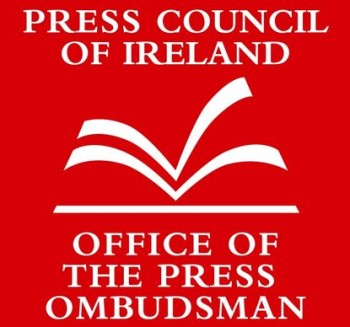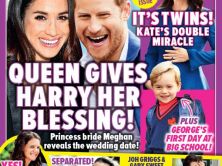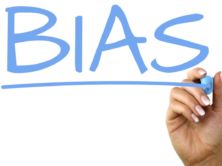
(Credit: Press Council of Ireland)
Graphic photos of a baby’s thigh covered in welts after being injured by poorly manufactured clothing were published by four Irish news outlets — the Irish Daily Mail, the Irish Daily Star, the Sun and news site Evoke.ie. The photos accompanied a story on the court proceedings of the baby’s parents’ lawsuit against Ralph Lauren Limited. The parents won a court settlement from the clothing manufacturer, but the news outlets lost their case in the Irish Press Ombudsman’s office.
After the baby’s parents complained, Ireland’s press ombudsman Peter Feeney ruled the media outlets invaded the baby’s privacy.
This ruling by Feeney is among the few made by him against the Irish media last year. His total was nine rulings in all of 2016. Remarkably, he only received 261 complaints last year, down from 278 the year before. The most common reason for complaining? Truth and accuracy, followed by invasion of privacy.
Six of the nine complaints that the ombudsman upheld and ruled against a Irish media outlet involved reporting on children, the ombudsman’s annual report of complaints against the media states.
In Ireland, the ombudsman and press council are “independent of both government and media.” The ombudsman is the first point of contact, ruling on and examining complaints, and the press council accepts appeals of the ombudsman’s rulings or complaints the ombudsman sends for their evaluation.
The news and statistics were revealed in the Office of the Press Ombudsman and Press Council of Ireland’s annual report.
The other three cases where Feeney ruled against the media related to invasion of privacy and inaccurate reporting.
iMediaEthics wrote to Feeney to ask what he thinks caused the drop in complaints and what ethical issues are most of concern in the Irish media. The press ombudsman office provided iMediaEthics with the text of Feeney’s May 25 address regarding the report, in which he states, “A noticeable trend we observed in 2016 was the increased willingness of editors to address complainants’ concerns at as early a stage as possible.”
iMediaEthics also asked the ombudsman’s office about complainants’ reactions to rulings. Bernie Grogan, a case officer at the Press Ombudsman’s office, told iMediaEthics by e-mail that of the complaints that Feeney examined, only five were appealed to the Press Council, “so it can be taken that they were not satisfied with the action taken” by the ombudsman. Only one of those five appeals was successful.

(Credit: Irish Press Council)
The ombudsman ruled on 23, the news outlet resolved the matter in 23 cases, 2 complaints were withdrawn, 80 complaints were dropped, 114 were rejected, 14 were postponed because of court matters and 5 are sill in process of being resolved. The ombudsman report explained that “many complaints are swiftly resolved” before the ombudsman has to rule because the news outlet “offers a resolution” such as a a correction or an apology to end the complaint.
The 114 were rejected because they were either too late, against a publication that isn’t a member of the press council, or the person complaining was unrelated to the matter.
“The Code cautions member publications to have regard for the vulnerability of children,” the report explains. “This Principle has become more important in an age when social media has hugely exposed children to potential harm through the posting of photographs and private information on websites. Access to children’s and their parents’ social media postings does not give the press the right to publish images or information found there.”

(Credit: Irish Press Council)






